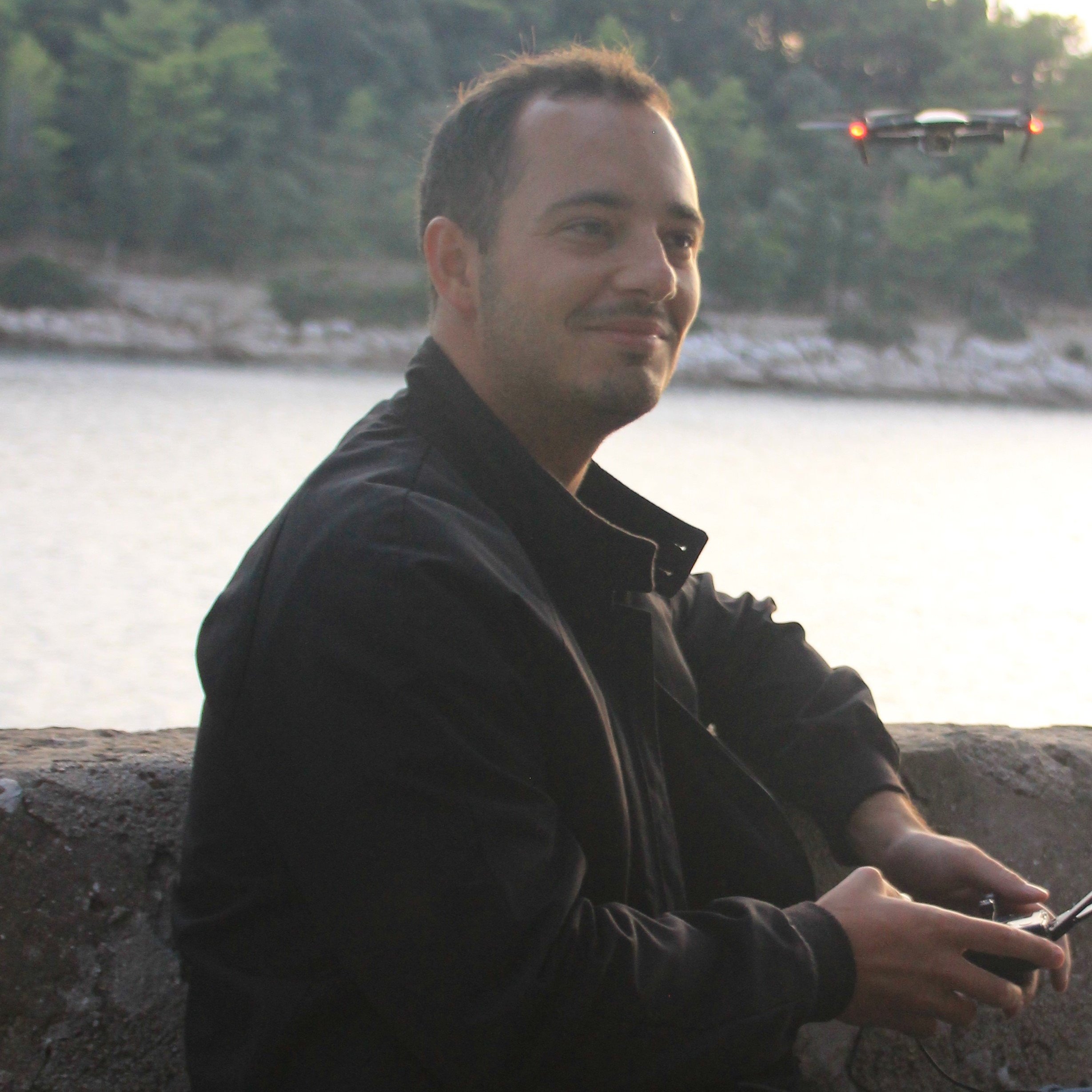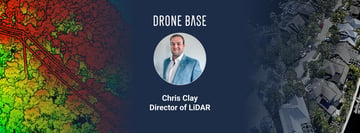When we're talking about drones, more often than not the focus is on quadcopters and conventional aerial photography. But a drone can refer to any autonomous vehicle, from tiny robots to military surveillance aircraft.
In the past few months a number of drone projects have taken off that aim to harness the power of the sun to stay airborne. These huge, solar-powered drones are designed to fly at altitude, where they can do a lot more than shoot 4K videos and pretty panoramas.
Here are some of the solar-powered projects that have caught our eye.
Airbus Zephyr S
Leading aerospace company Airbus has been developing a solar-powered drone, the Zephyr S.
The genius of the concept is that, despite having a wingspan of 25 meters, the entire aircraft weighs less than 75kg (165lb) and is completely powered by the sun.
That means it can offer what Airbus calls “local persistence”, a continuous presence in the sky above a given location - usually an area spanning hundreds of miles - and the ability to provide communications and imaging capabilities.
https://www.youtube.com/watch?v=Jb4B4ZjmmtU
The Zephyr operates at around 70,000 feet, putting it at an altitude between conventional satellites, manned aircraft and smaller drones.
One of the biggest challenges facing drone manufacturers working on a smaller scale is battery life. Limited flight time means limited capability. But the Zephyr's ability to operate above the weather and soak up all of that sun has helped it surpass the current flight endurance record of an aircraft without refueling.
It departed for its maiden flight from Arizona on July 11th and still hasn't landed.
Our recent partnership with Airbus marked a commitment to provide aerial imagery services to businesses around the world from the ground up, ranging from the flexibility of localized drones to the macro view of satellites.
The Zephyr represents another step in our mission to empower organizations with useful aerial data.
BAE Systems
Trailing in Airbus' wake is BAE Systems, another aerospace giant keen to develop solar-powered unmanned aircraft. Last week the company announced plans to build the PHASA-35, a high-altitude endurance drone that could stay in the air for months at a time.
BAE has suggested that the PHASA-35 will be able to carry a 15kg payload. Just like with Airbus's Zephyr, that means the drone could take on a number of tasks.
Martin Topping, international production developer at BAE Systems, told TechRadar that it wasn't all about providing surveillance for the military.
“Essentially any payload that can fit within the capacity can be put inside it," he said.
"That could be 5G and 6G communications, border surveillance, agriculture and forestry, famine relief – it’s infinite. The vehicle is the carrier – the transit van. Spying is quite a niche usage.”
Google's Project Loon
A less conventional approach to solar-powered drone flight comes from Google. The company's Project Loon has this month set in motion plans to launch in Kenya, providing communications infrastructure to remote areas.
Rather than relying on a huge wingspan and a surface area packed with solar panels, Loon's balloons float in the stratosphere at 12.4 miles above sea level, avoiding air traffic and weather.
https://www.youtube.com/watch?v=BEC0G2HbuiE
Each balloon is about the size of a tennis court. It's filled with helium and powered by a single solar panel. Google has designed each 'Loon' to stay aloft for months at a time. And instead of simply floating wherever the wind takes them, onboard systems help them to surf wind channels and navigate in the direction they need to go.
Instead of aerial imagery, Project Loon is all about connectivity. Each balloon has an antenna to relay internet signals transmitted from the ground and extend coverage to remote regions.
The solar-powered future of drones
All of these solar-powered projects appear to be far removed from the kind of drone applications we deliver at DroneBase. But in reality, they have plenty in common with operations closer to the ground.
At the end of the day, it's all about providing visibility and insight to businesses and organizations. The handy addition of solar power takes that concept to the next level. Instead of getting a snapshot in time, this new capability promises constant coverage, an eye in the sky for as long as you need one.
Solar-powered operations at high altitude also offer a view of situations at scale, whether that's tracking forest fires or beaming down internet connectivity to entire nations.
This isn't the last you'll hear of solar-powered drones.




.png?width=360&name=Banner%20Templates%20(6).png)